1. Max Cady in Cape Fear (1971)
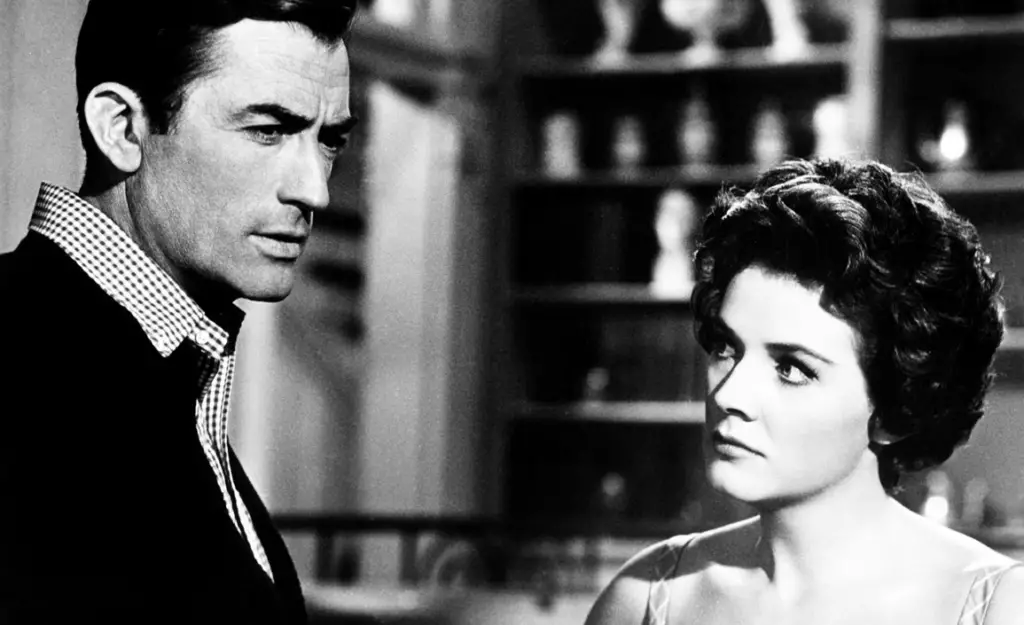
Max Cady, portrayed by Robert Mitchum in the original Cape Fear, is a villain whose complexity arises from his intense thirst for revenge. After being convicted of a crime, he returns to the family of the lawyer who put him behind bars, seeking retribution. While many movie villains are motivated by greed or power, Cady’s motives are personal, rooted in a need to right what he perceives as a wrong. His menace lies not just in his ability to manipulate and terrorize, but in his chilling belief that he is justified in his actions.
What makes Cady more complicated is the way he uses charm and intimidation in equal measure. He’s not just a brute; he’s an intellectual, calculating his moves with precision. His ability to blend into society and seem reasonable to outsiders makes his eventual violence even more shocking. His actions, while horrific, are driven by a warped sense of justice, which complicates his role as a villain and makes him a deeply unsettling figure.
2. The Warden in Cool Hand Luke (1970)
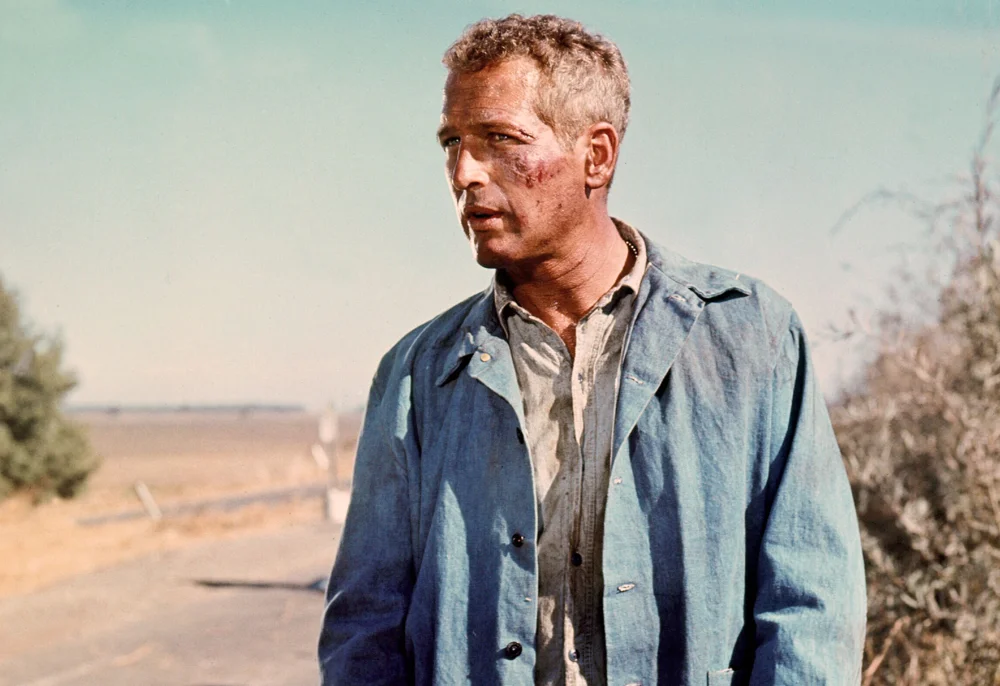
The Warden in Cool Hand Luke may not be a villain in the traditional sense, but his oppressive control over the prisoners is what makes him such an imposing figure. Portrayed by Strother Martin, the Warden represents the heart of the corrupt prison system, relying on force and intimidation to maintain order. While he doesn’t engage in physical violence himself, his cold and calculating approach to power makes him an antagonist who symbolizes the dehumanizing aspects of institutional control.
What makes the Warden especially complicated is his begrudging respect for Luke, the film’s protagonist. While he is determined to break Luke’s spirit, there is a sense of admiration for Luke’s defiance. This duality—his role as the enforcer of the system and his recognition of Luke’s strength—adds a layer of complexity to his character. He’s not purely evil but is a product of the system he upholds, making him a tragic figure trapped in a cycle of oppression.
3. Michael Myers in Halloween (1978)
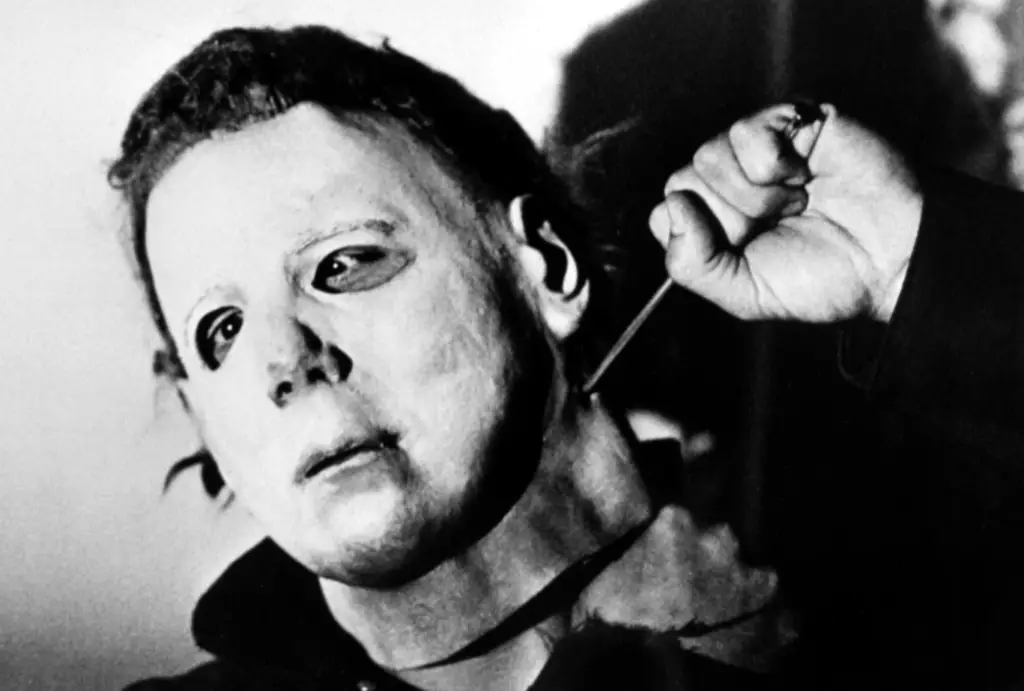
Michael Myers is the epitome of the silent, unstoppable killer in Halloween, but his lack of clear motivation makes him a unique villain. At first glance, he seems like a mindless murderer, but his backstory hints at something deeper, possibly trauma or psychopathy. The mystery surrounding his actions—why he fixates on Laurie Strode and returns to Haddonfield—leaves him an enigma. His lack of words or explanation makes him even more terrifying, as we are left to wonder what drives him.
What makes Michael Myers more complex is the ambiguity surrounding his motivations. Is he just pure evil, or is there something within him that compels him to kill? The film leaves these questions unanswered, allowing for multiple interpretations of his character. His blank expression and relentless pursuit of his victims make him a haunting figure, one whose motivations we can never fully understand, but that makes him all the more chilling.
4. Vito Corleone in The Godfather (1972)
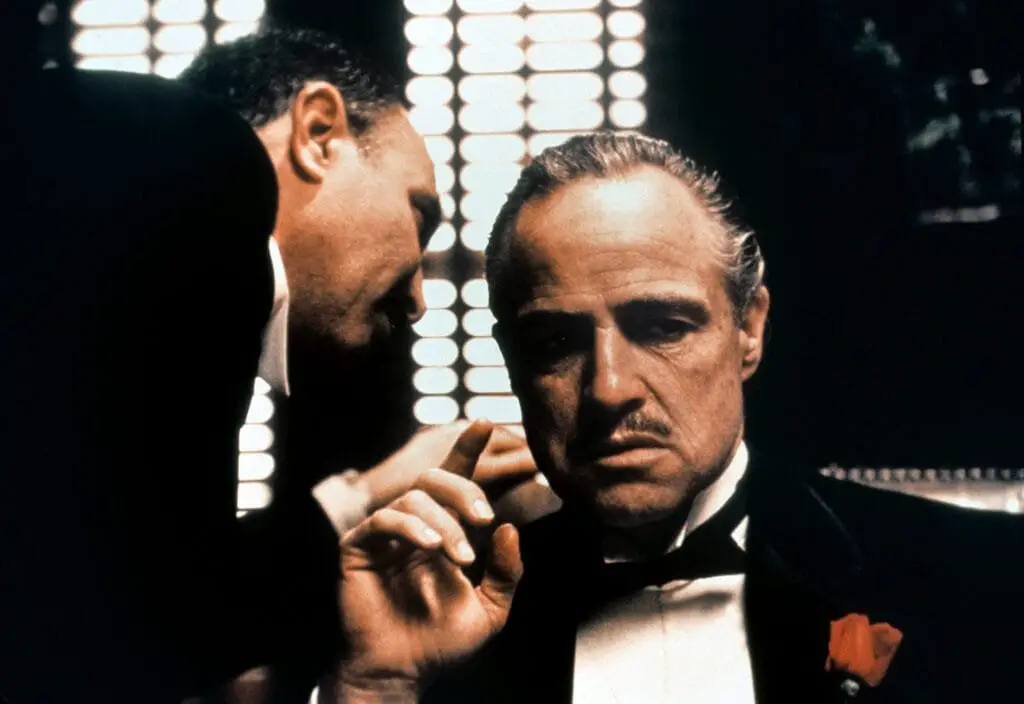
Vito Corleone, played by Marlon Brando, is a villain in the sense that he’s the head of a criminal empire, but his character is far more nuanced than most movie antagonists. He is a man who lives by a strict code of loyalty and honor, and while he is involved in illegal activities, his motivations stem from a desire to protect his family and maintain their power. His interactions with others, especially those seeking his help, show a man who values respect, loyalty, and kindness.
What makes Vito a complicated villain is his internal conflict. While he is a criminal mastermind, he also has a deep sense of morality when it comes to family. His actions are not driven by personal gain, but by the desire to protect his loved ones. This duality, between ruthless crime boss and caring patriarch, makes Vito Corleone a more tragic and layered figure than the typical villain. His complexity is what makes him one of the most memorable characters in film history.
5. The Nurse Ratched in One Flew Over the Cuckoo’s Nest (1975)

Nurse Ratched, portrayed by Louise Fletcher, is a villain who uses her authority in the psychiatric ward to control and manipulate the patients under her care. While she doesn’t resort to physical violence, her psychological tactics make her just as dangerous. Nurse Ratched is the embodiment of cold, bureaucratic power, and her ability to suppress and humiliate others gives her a chilling presence in the film. She operates under the guise of caring for the patients, but her true motives are rooted in control and fear.
What makes Nurse Ratched complicated is her unwavering belief in her methods. She justifies her oppressive behavior as being for the greater good, masking her cruelty with a veneer of professionalism. Her calm demeanor and authoritarian control contrast with her deep-seated need to maintain dominance. Nurse Ratched’s villainy lies in her ability to use subtlety and manipulation to break those under her care, making her a truly terrifying and complex antagonist.
6. The Man in The Texas Chain Saw Massacre (1974)
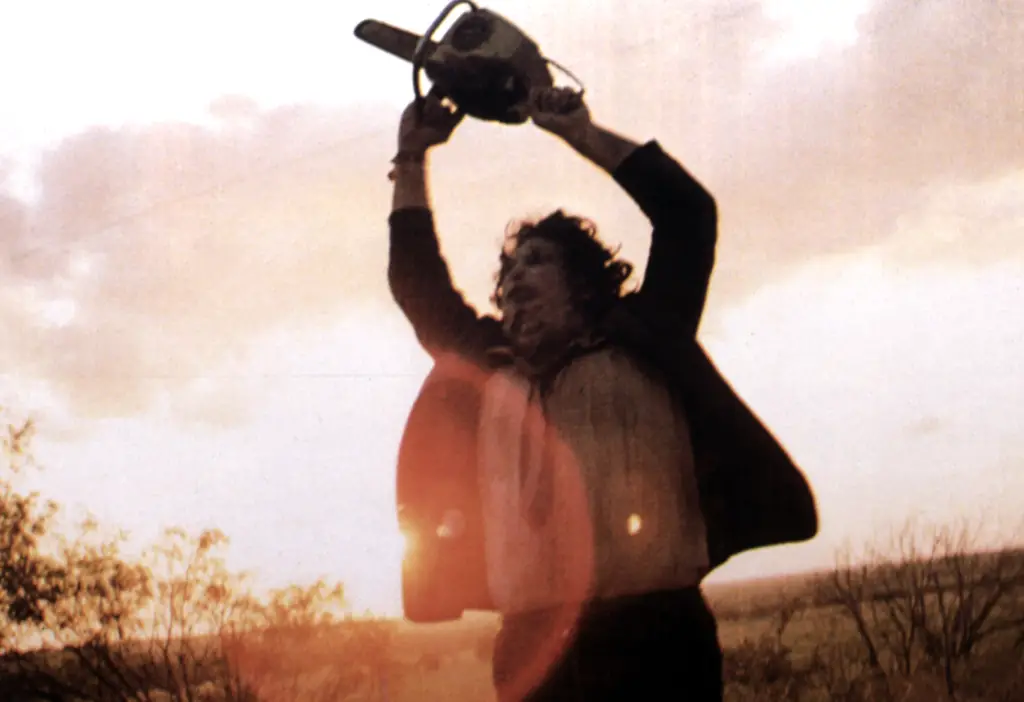
While Leatherface is the primary villain in The Texas Chain Saw Massacre, the entire family he belongs to adds a disturbing layer of complexity to the horror. Leatherface is not just a mindless killer; he’s part of a dysfunctional family where survival and tradition are interwoven with violence. The family, including the Warden-like authority figure of the grandfather, provides the framework for Leatherface’s actions. While Leatherface is terrifying, his actions are influenced by the warped family structure around him.
What complicates Leatherface’s villainy is the sense that he is a victim of his environment. He’s not fully aware of the moral implications of his actions and is driven by family loyalty and survival instincts. His violence isn’t the result of personal vendettas but of being raised in a system of fear and deprivation. This makes Leatherface both a terrifying antagonist and a tragic figure, caught in a cycle of violence that he has no control over.
7. The Killer in Jaws (1975)
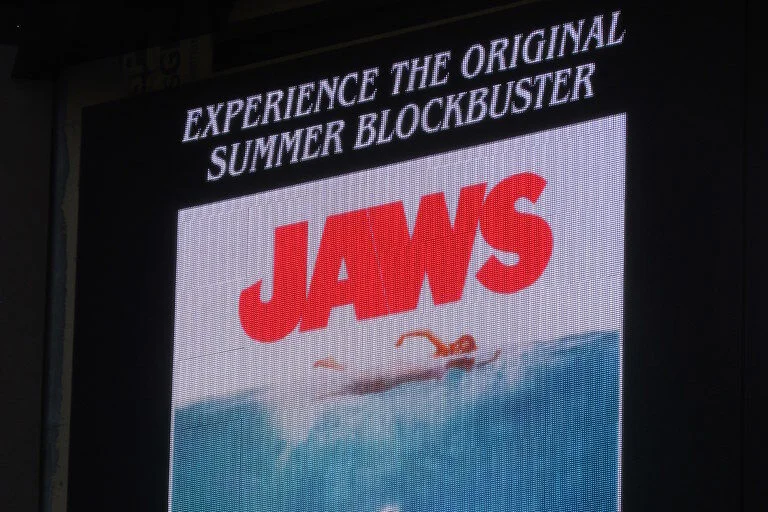
In Jaws, the great white shark is the villain, but it’s not a villain in the traditional sense—it’s a mindless creature driven by hunger. However, the terror it creates in the small town of Amity Island and the way it exposes human vulnerabilities make it a memorable antagonist. The shark’s presence forces the community to face its fears, revealing how deeply people can be affected by an external, uncontrollable threat.
What makes the shark a complicated villain is the way it represents the primal forces of nature that humans cannot control. It’s not driven by malice or personal vendettas, but by survival instincts. The shark’s attacks represent the chaos and unpredictability of the natural world, making it a more existential villain. The human characters’ reactions to the shark’s violence add layers of tension and fear, turning the shark into a symbol of the uncontrollable forces that shape our lives.
8. The Alien in Alien (1979)
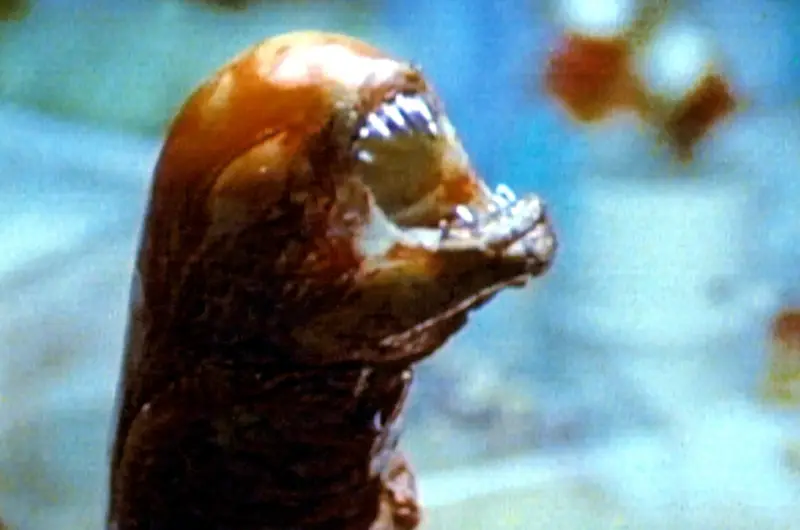
The alien in Ridley Scott’s Alien is a perfect example of a villain who is more than just a monster. The creature is driven by pure instinct and the need to survive, making it a force of nature rather than a traditionally evil entity. Its method of reproduction, through implanting eggs inside humans, makes it both terrifying and grotesque. But what complicates its role as a villain is the way it serves as a reminder of humanity’s vulnerability in the face of unknown threats.
What makes the alien such a compelling villain is that it doesn’t have human motivations or emotions—it’s simply doing what its nature dictates. It’s not out for revenge or personal gain; it’s acting purely out of biological need. This removes much of the moral complexity that we usually associate with villains but creates a different kind of horror: the fear of being powerless against something that’s beyond our understanding. The alien’s relentless pursuit of its host and its ability to adapt make it a villain that represents the dangers of the unknown.
9. The Sheriff in Deliverance (1972)
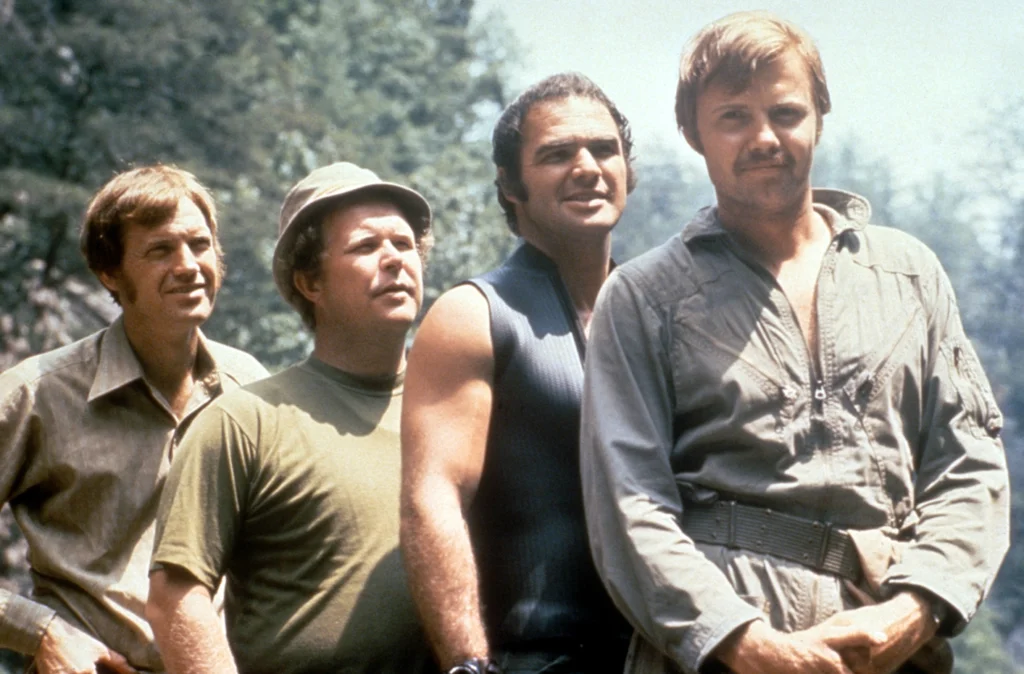
In Deliverance, the Sheriff doesn’t necessarily fit the mold of a typical villain, but his role in the film adds a layer of moral ambiguity. He represents the corrupt, oppressive authority of rural America, using his power to intimidate and control outsiders. His presence in the film highlights the tension between urban society and the backwoods culture that can be hostile and unforgiving.
What complicates the Sheriff’s villainy is his role in maintaining the status quo of his community. He’s not evil in the traditional sense, but his actions are driven by a deep-seated belief in the importance of protecting the town from outsiders. The Sheriff’s role is less about personal animosity and more about a defense of the way of life in the remote wilderness. His motivations reflect the fears and biases of a society that views newcomers with suspicion, adding depth to his character.
10. The Professor in The Andromeda Strain (1971)
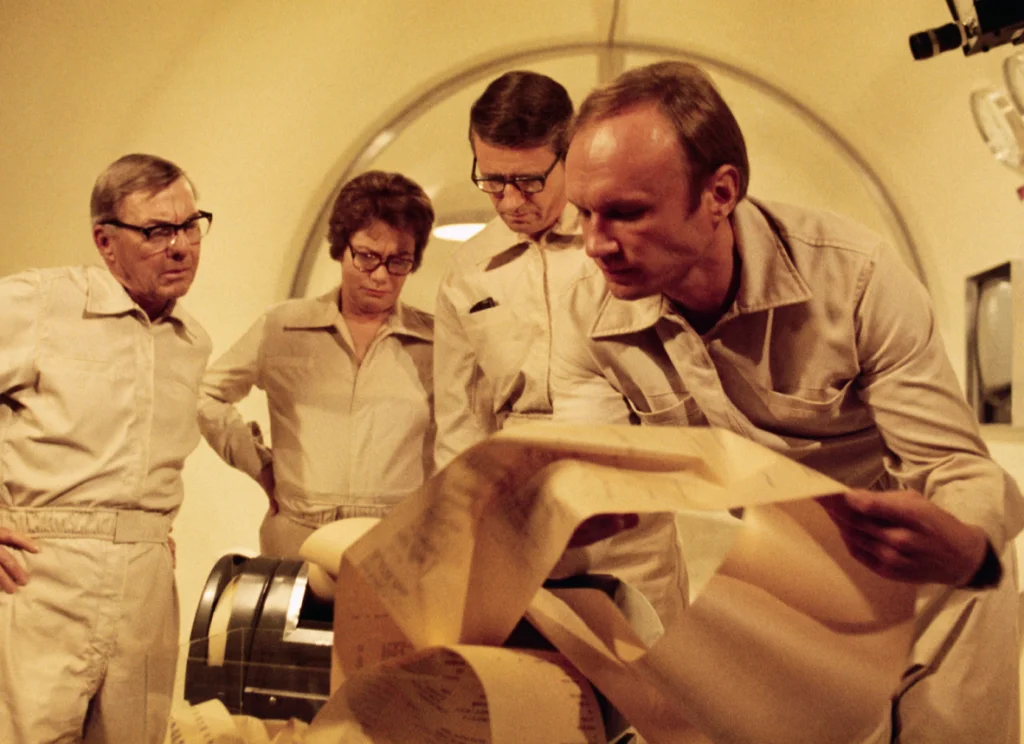
The Professor in The Andromeda Strain is a villain not in the traditional sense of personal malice but in the form of uncontrollable scientific experimentation. He’s involved in the study of the Andromeda strain, an alien microorganism, and his lack of foresight about the dangers it poses makes him a complex figure. While he’s not an active antagonist, his actions and decisions play a crucial role in the unfolding disaster.
What makes this character complex is the way his ambition and scientific curiosity drive him to pursue knowledge without fully considering the consequences. His actions lead to a crisis that threatens humanity, making him a villain in the sense that he brings about the danger through a lack of caution. The ethical questions surrounding the experiments and their potential to destroy the world add depth to his character, making him an indirect antagonist whose moral conflict is tied to the dangers of unchecked scientific advancement.
11. The Killer in The Last House on the Left (1972)
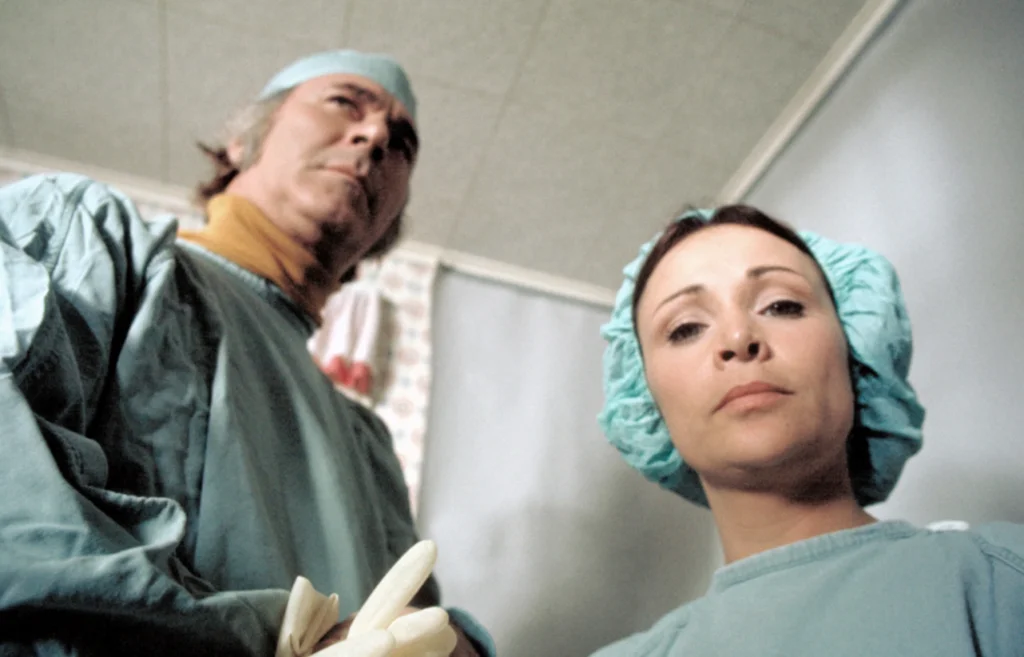
The killers in The Last House on the Left are deeply disturbing characters whose actions defy easy categorization. The violence they inflict on two young women is horrific, but what complicates their role as villains is the way the film explores their motivations. The killers are not portrayed as simple monsters, but as individuals driven by their own personal demons, making them far more unsettling.
The film complicates the villainous roles of the killers by showing how their actions are the result of their broken psyches and moral decay. Their sadistic violence is not just random; it stems from their twisted worldview and deep psychological trauma. This adds a layer of depth to the characters, making them less like typical movie villains and more like symbols of societal decay. The killers in The Last House on the Left are frightening not just because of their actions but because they reflect the darkness that exists within humanity.
12. The Preacher in The Omen (1976)
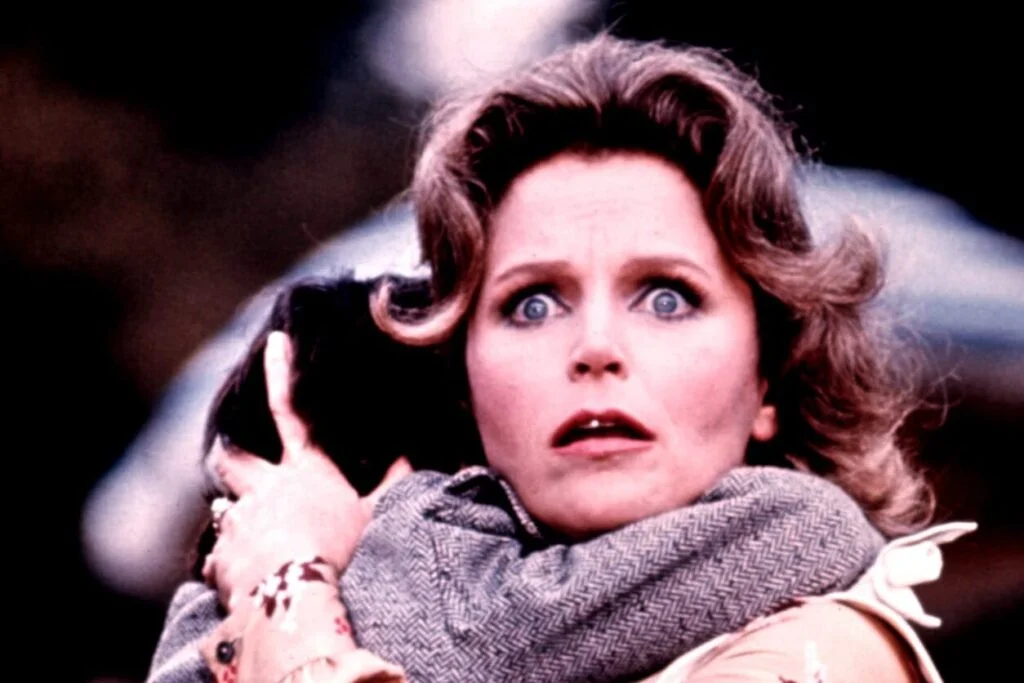
In The Omen, the character of the Preacher plays a pivotal role in the development of the plot’s supernatural elements. He is initially a guide for the family, but as the truth about Damien’s origins is revealed, he becomes a figure of horror. The Preacher’s initial comforting presence gives way to a chilling understanding that he is part of the larger conspiracy surrounding the Antichrist.
What complicates the Preacher’s role is his internal conflict and the sense that he is both trying to protect the family and fulfill a greater, darker purpose. His belief in the prophecy that Damien is the Antichrist forces him into a position where he must choose between his faith and his duty. The Preacher’s eventual sacrifice, while tragic, shows the complexity of his character—he is not purely evil but caught in a web of fate and prophecy that forces him to act against his moral compass.
13. The Count in Nosferatu the Vampyre (1979)
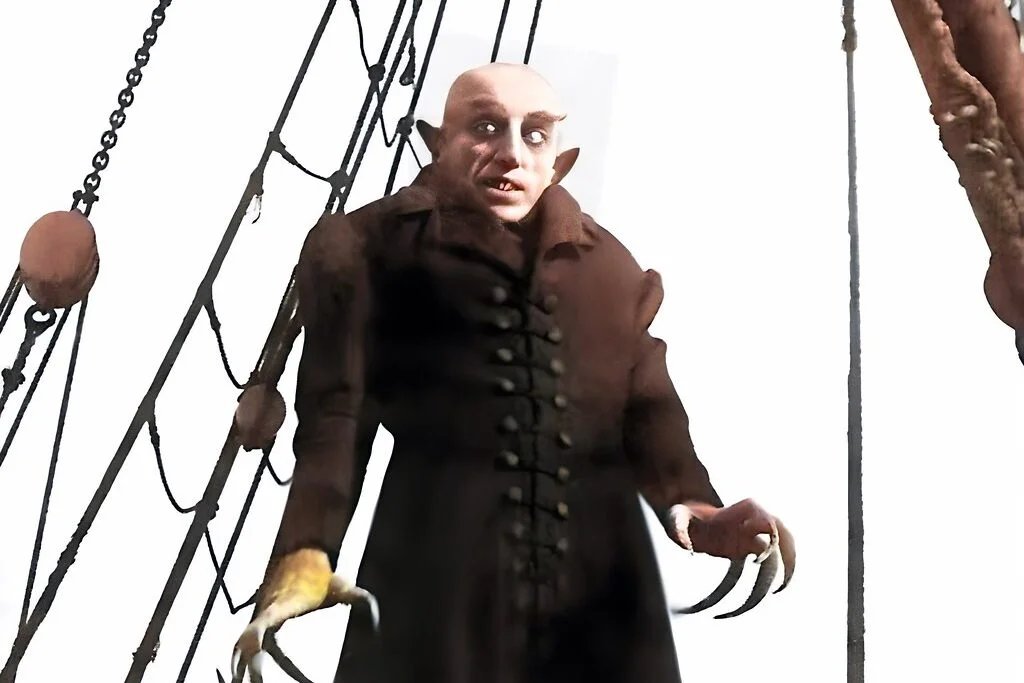
In Nosferatu the Vampyre, Count Dracula, portrayed by Klaus Kinski, is both a monster and a tragic figure. While he brings death and terror to those around him, there’s a deep loneliness to his character that complicates his villainy. The film presents him not as a mindless killer, but as a creature cursed by immortality, forever seeking connection in a world that rejects him.
What makes Dracula complex in this version is the way his actions are motivated by a desire for love and companionship, even if his methods are monstrous. His ability to express longing and vulnerability makes him more tragic than other portrayals of vampires. Dracula’s pursuit of a connection with his victims, despite the violence he causes, adds a layer of sympathy to his character. This blend of evil and vulnerability makes him a more multifaceted villain than the usual bloodthirsty monster.
14. The White Witch in The Chronicles of Narnia: The Lion, the Witch, and the Wardrobe (1979)
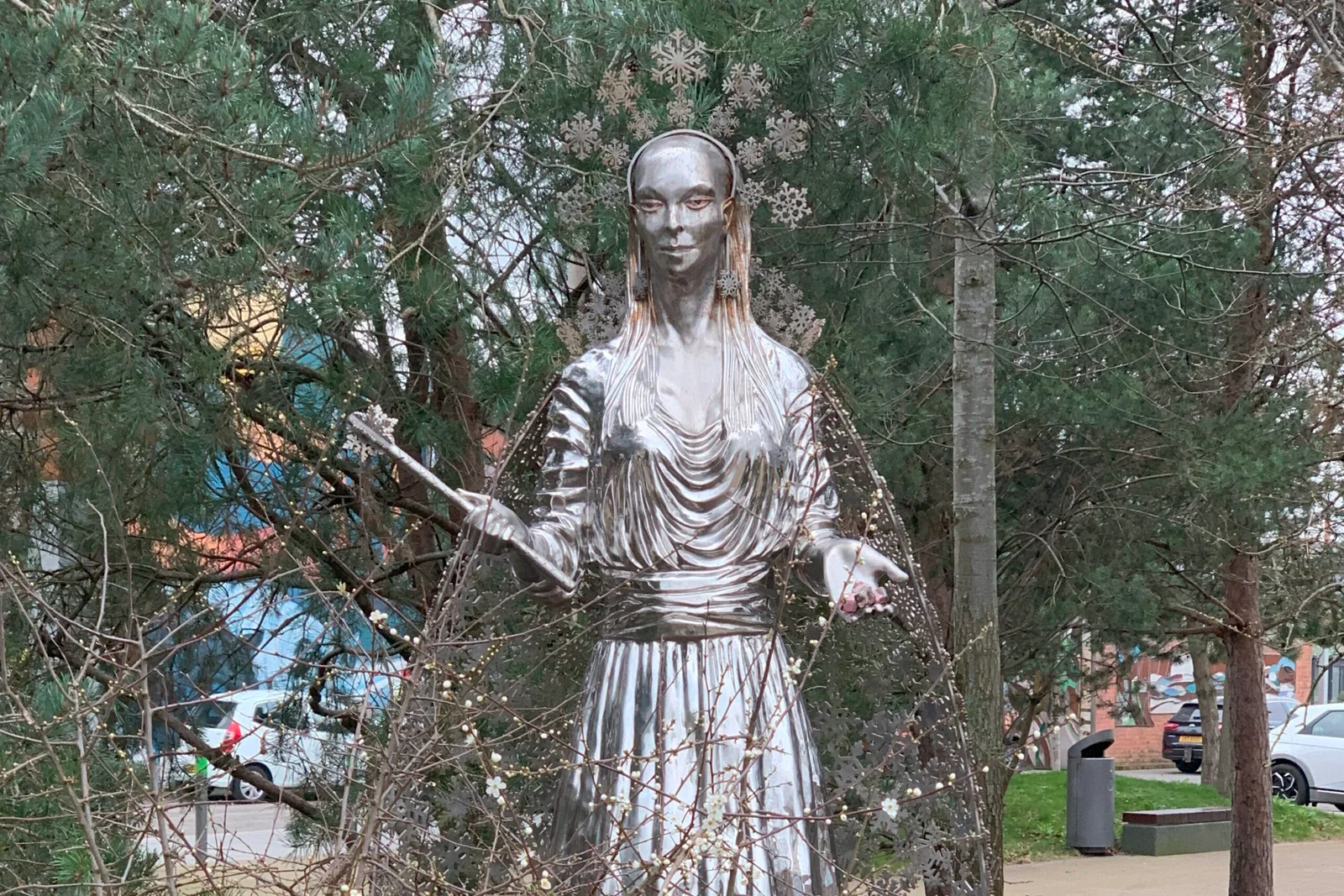
While The Chronicles of Narnia: The Lion, the Witch, and the Wardrobe was released in the late ’70s as a TV film, its portrayal of the White Witch as a villain with a complex backstory has stayed with audiences. She rules Narnia with an iron fist, creating an eternal winter, and her reign is driven by a need to maintain control. What complicates her villainy is her deep loneliness and desire for power.
The White Witch’s character is less about personal malice and more about her obsession with power and control. Her cruelty stems from a fear of losing her rule, making her actions a reflection of insecurity rather than pure evil. She is driven by a need to hold onto her throne, but this desire reveals her vulnerability. Her complexity comes from the internal battle between her need for domination and the deep sense of emptiness that plagues her existence.
15. The Mutant Leader in Mad Max (1979)
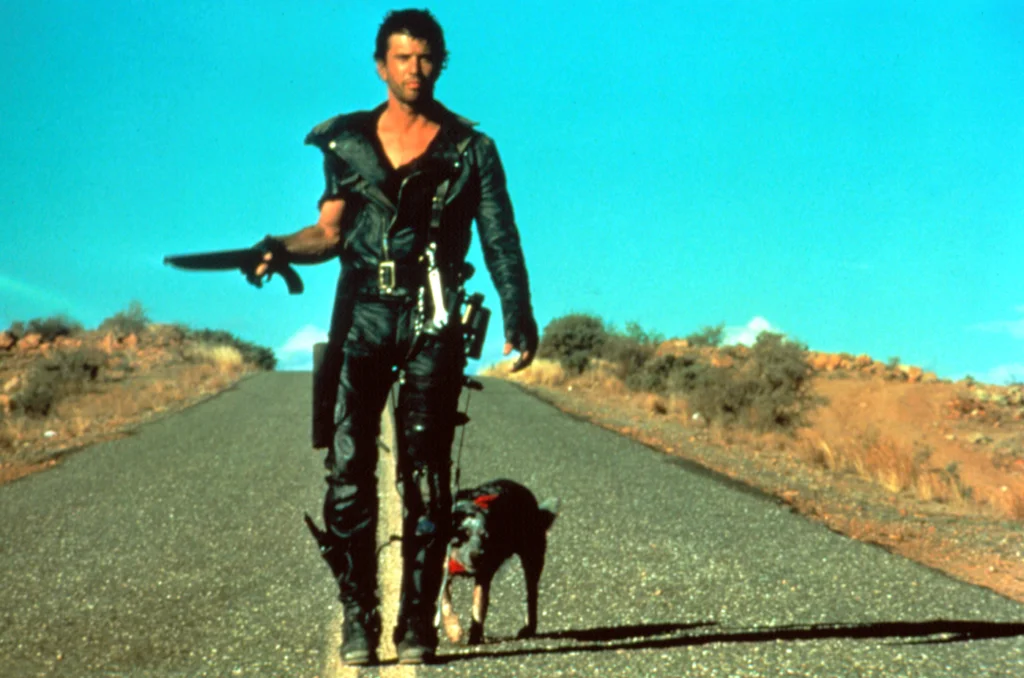
In Mad Max, the Mutant Leader stands as a reminder of the dystopian world’s collapse. He is the leader of a violent and anarchic group, and while he appears to be a tyrant, there are moments when we see his desperation. The Mutant Leader is obsessed with power, but his actions reveal a man who is struggling to hold onto control in a chaotic, post-apocalyptic world.
What makes the Mutant Leader such an intriguing character is his vulnerability, hidden beneath the hardened exterior of a ruthless leader. He’s not just a villain for the sake of being evil—his need to dominate is a response to the breakdown of society. This desperation makes him a tragic figure, caught in a system where violence is the only means of survival. His role as a villain is shaped by the larger societal collapse around him, making him a product of his environment.
16. The Hitchhiker in The Texas Chain Saw Massacre (1974)
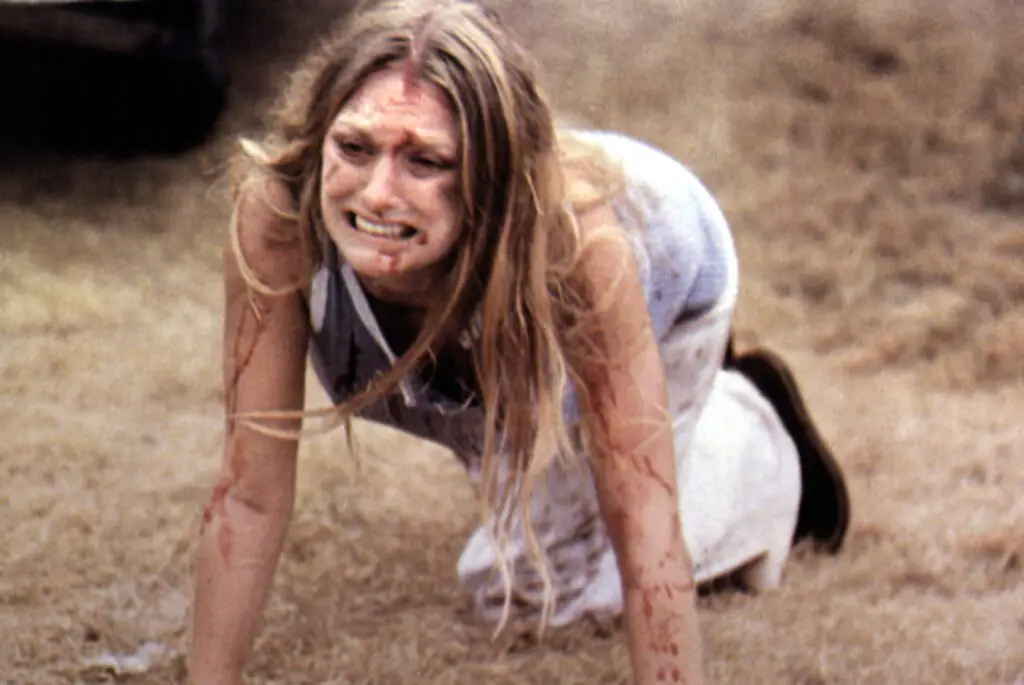
The Hitchhiker in The Texas Chain Saw Massacre is a secondary antagonist, but his impact is undeniable. He’s a cruel and unpredictable figure whose sadistic behavior adds to the terror the family causes. His disturbing attitude and twisted sense of humor contribute to the film’s sense of dread and unease, making him a perfect reflection of the horrors that await the unsuspecting visitors.
What makes the Hitchhiker complex is the sense that he’s more than just a random killer. His behavior is shaped by the dysfunction of his family, and his actions seem to be driven by a warped sense of survival rather than personal vendettas. His chaotic and erratic nature makes him unpredictable, adding a layer of psychological terror to his villainy. The Hitchhiker represents the madness that runs through the family, making him an integral part of the horror.
17. The Preacher in The Last Temptation of Christ (1979)
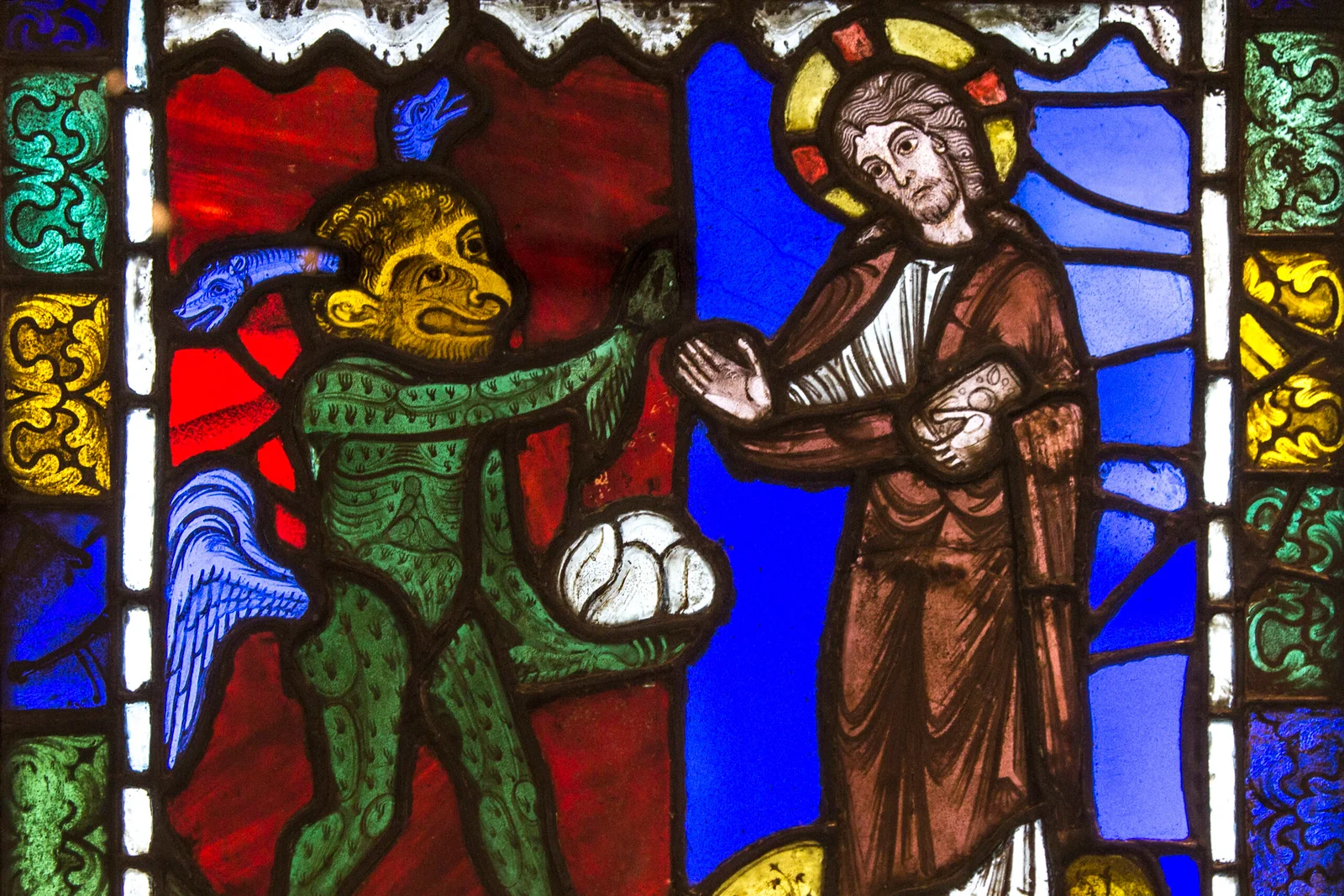
In The Last Temptation of Christ, the Preacher represents a complex villain whose motivations stem from religious dogma. His role is a commentary on the dangers of absolute belief and the way it can lead to fanaticism. The Preacher’s actions, though violent, are justified by his unyielding faith, adding a moral dimension to his villainy.
What makes this character complicated is the way his actions stem from a place of deep belief. His cruelty is motivated by the desire to impose religious order, believing that his actions are for the greater good. The tension between faith and violence complicates his role as a villain, forcing the audience to grapple with the idea of righteousness and how it can be manipulated. The Preacher’s internal struggle makes him a multifaceted antagonist, challenging traditional notions of good and evil.
18. The Phantom in The Phantom of the Opera (1979)
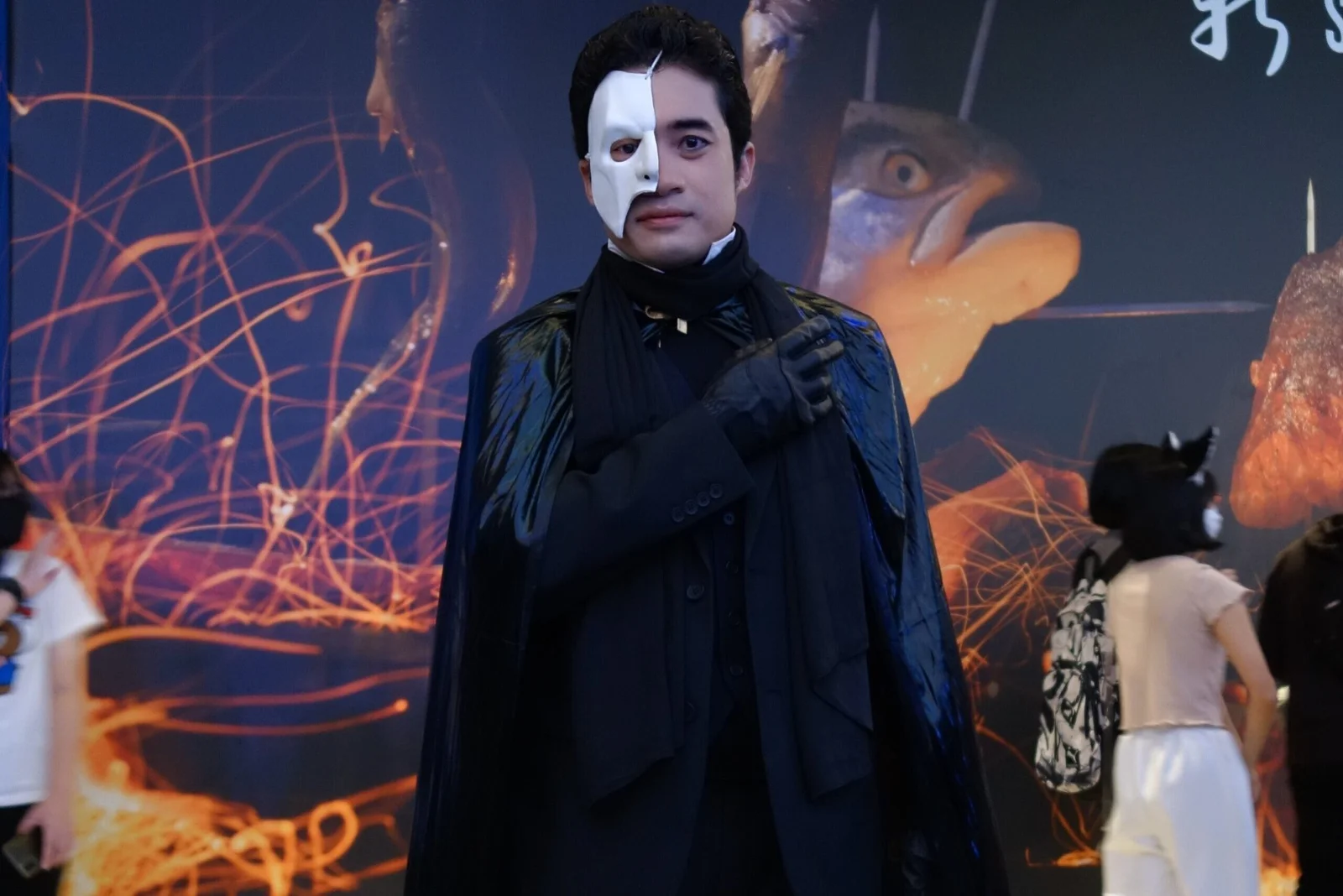
In The Phantom of the Opera (1979), the Phantom, portrayed by Robert Englund, is a character driven by both love and obsession. His villainy isn’t fueled by greed or power but by an overwhelming desire for affection from Christine, a singer he has watched from the shadows. His actions, which include terrifying manipulation and violence, stem from a deep emotional wound, making him both tragic and horrifying.
What makes the Phantom so complicated is the way his love for Christine morphs into obsession. He is not a straightforward villain but a man tortured by loneliness and rejection. His desire for connection leads him to commit heinous acts, but his actions come from a place of deep emotional pain. The Phantom is a villain whose complexity is rooted in the tragic nature of unrequited love and the lengths one can go to in order to preserve an illusion of control over someone’s heart.


